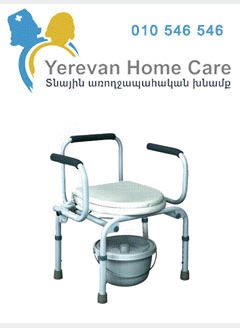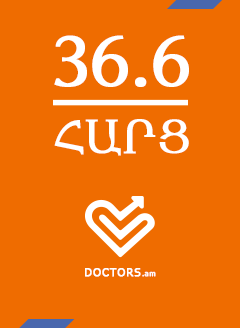Chorea is an irregular, rapid, uncontrolled, involuntary, excessive movement that seems to move randomly from one part of the body to another.
The affected child often appears fidgety or restless and unable to sit still. The word "chorea" comes from the Greek word for dance. The jerky movements of the feet or hands are often similar to dancing or piano playing. When chorea is severe, the movements may cause motion of the arms or legs that results in throwing whatever is in the hand or falling to the ground. Walking may become bizarre, with inserted excessive postures and leg movements. Unlike parkinsonism, which is an inability to make voluntary movements, or ataxia and dystonia, which affect the quality of voluntary movements, the movements of chorea, athetosis, choreoathetosis, and ballism occur by themselves, without conscious attempts at movement. In some cases, attempts to move may make the symptoms worse.
Athetosis is a slower writhing and twisting movement. Choreoathetosis is a movement of intermediate speed, between the quick, flitting movements of chorea and the slower, writhing movements of athetosis. Ballism is a violent flinging of one or more limbs out from the body. Choreoathetosis is the most common form in children.
These disorders may affect the hands, feet, trunk, neck, and face. In the face, they often lead to nose wrinkling, continual flitting eye movements, and mouth or tongue movements. These disorders may be distinguished from tics, as tics tend to repeat the same set of movements. In addition, the child often describes a "build-up" in the need to make the tic, with a sense of release afterwards. There is no such sense of release following chorea; the movements are continually changing and flowing from one body part to another.
Clinical presentation
Chorea is characterized by brief, semi-directed, irregular movements that are not repetitive or rhythmic, but appear to flow from one muscle to the next.
These 'dance-like' movements of chorea often occur with athetosis, which adds twisting and writhing movements. Walking may become difficult, and include odd postures and leg movements.
Unlike ataxia, which affects the quality of voluntary movements, or parkinsonism, which is a hindrance of voluntary movements, the movements of chorea and ballism occur on their own, without conscious effort. Thus, chorea is said to be a hyperkinetic movement disorder.
When chorea is serious, slight movements will become thrashing motions; this form of severe chorea is referred to as ballism or ballismus.
Causes
Chorea can occur in a variety of conditions and disorders.
Chorea is a primary feature of Huntington's disease, a progressive neurological disorder.
Twenty percent (20%) of children and adolescents with rheumatic fever develop Sydenham's chorea as a complication.
Chorea gravidarum is rare type of chorea which is a complication of pregnancy.
Chorea may also be caused by drugs (levodopa, anti-convulsants, anti-psychotics), metabolic disorders, endocrine disorders, and stroke.
Wilson's disease, a genetic disorder that leads to toxic levels of copper in the body
Neuroacanthocytosis, a genetic disorder that may affect the blood, brain, peripheral nerves, muscle and heart. Common features include peripheral neuropathy, cardiomyopathy and hemolytic anemia. Other features include limb chorea, facial tics, other oral movements (lip and tongue biting), seizures, a late-onset dementia and behavioral changes.
Genetics of Chorea
There are several genetic causes of chorea. The history of other affected family members is critically important to determining the need for special testing. Since chorea may be caused by exposure to medications or toxins, it is also important to determine whether any such exposure is possible. One more common cause of chorea is Sydenham's chorea, which often follows a streptococcal infection. For this reason, a history of sore throat or flu symptoms that preceded the onset of chorea is important. This history is not necessarily diagnostic as sore throats, flu symptoms, and even positive throat swabs for strep are common in children.
Treatment
Chorea may be difficult to treat. If the child is taking any medications that can cause or worsen chorea, these should be tapered and discontinued, if possible. The mainstay of treatment in adults is the class of neuroleptics, including haloperidol and pimozide.
These drugs selectively enhance the function of the indirect pathway by blocking the inhibitory effect of dopamine on this pathway. However, the incidence of side effects in children from neuroleptics has been reported to be as high as 20%. Therefore, it is often safer to start with an alternative medication, such as a benzodiazepine, particularly clonazepam, diazepam, or clobazam. According to reports, certain anti-epileptic medications, such as valproate and piracetam, may improve the symptoms of chorea. In particular, valproate may be very helpful in children with Sydenham's chorea.












